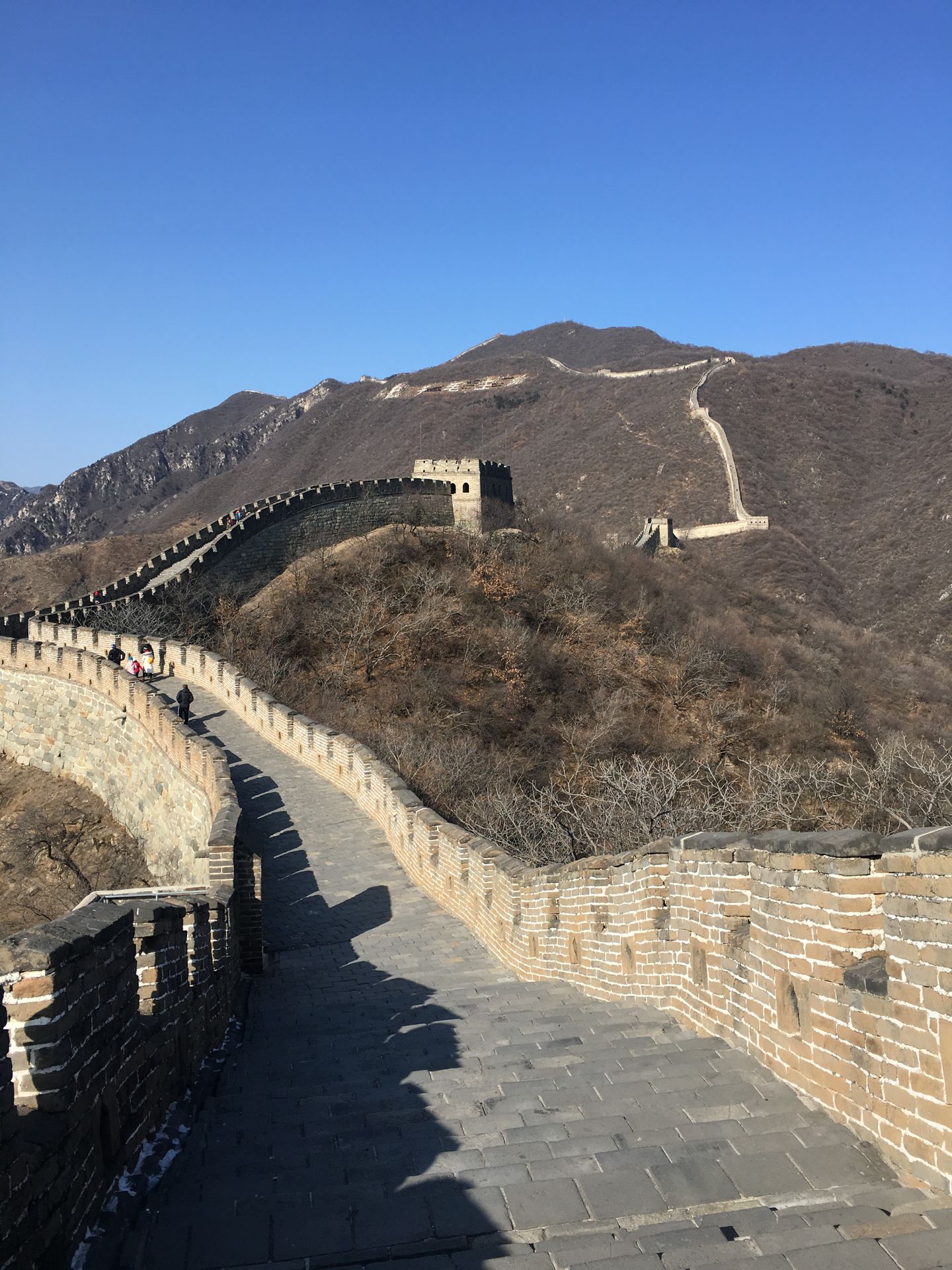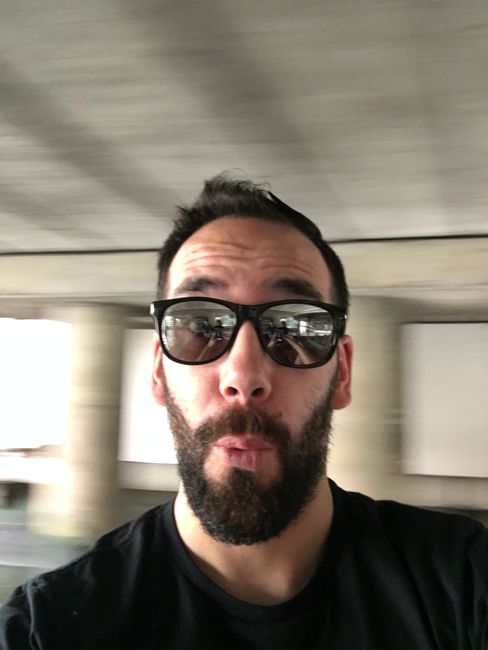Auschwitz, Concentration Camp
प्रकाशित: 24.02.2018
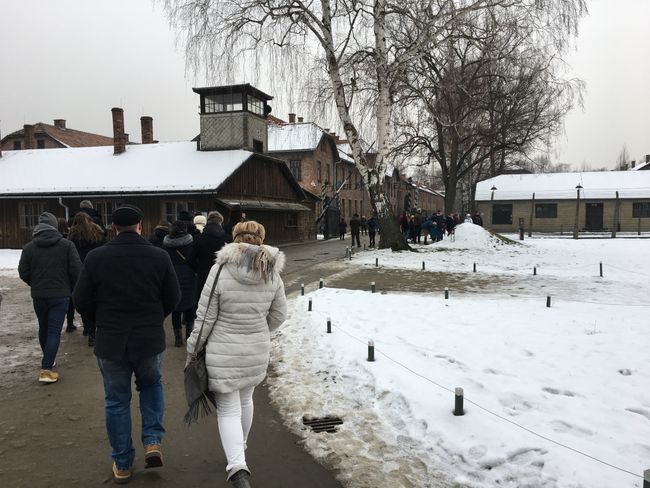
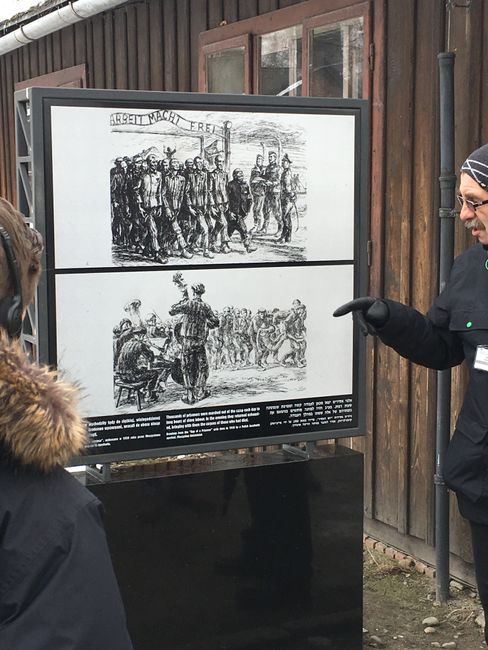
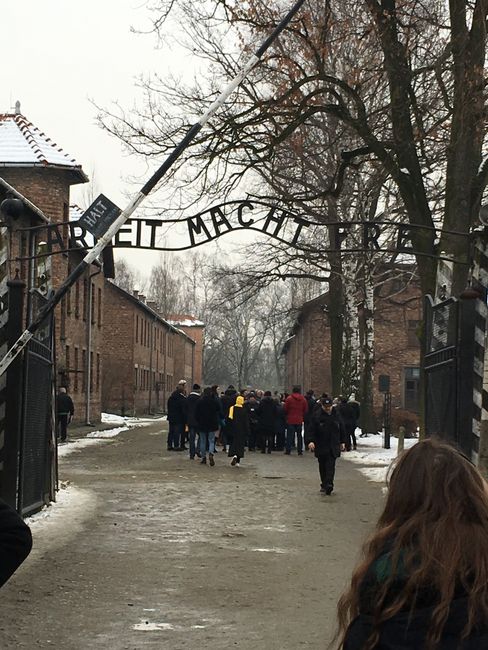
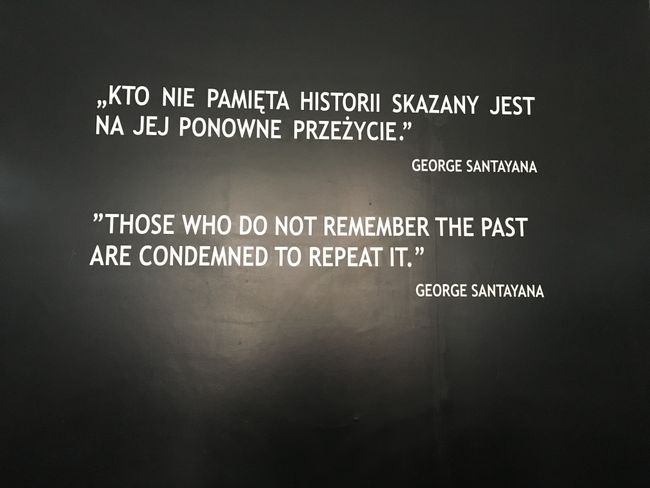
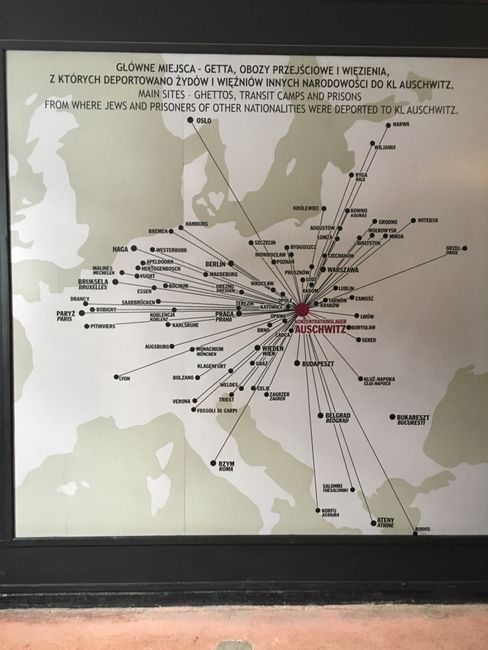
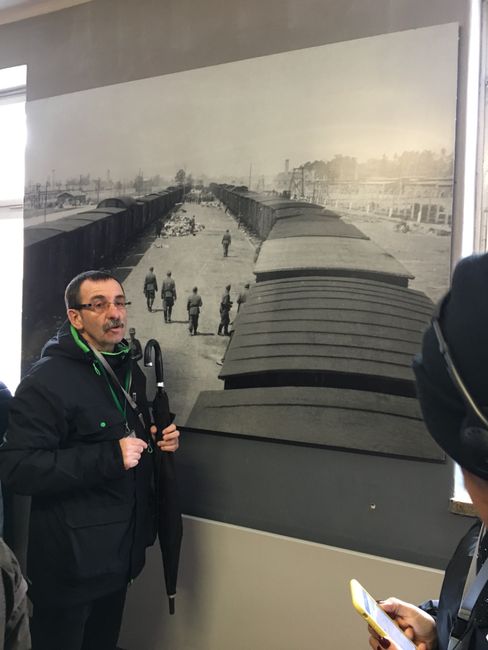
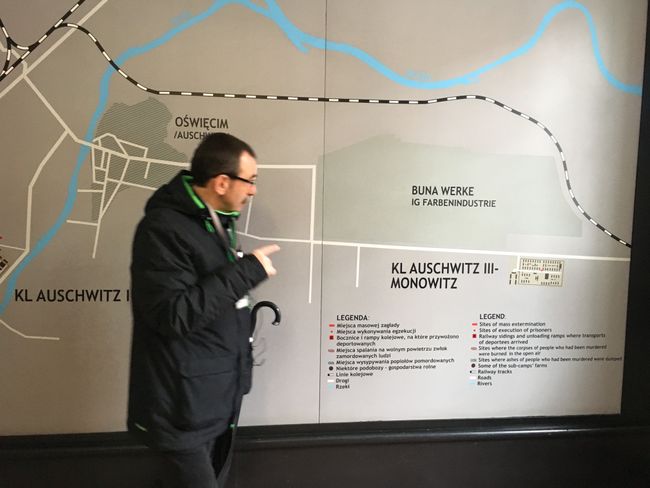
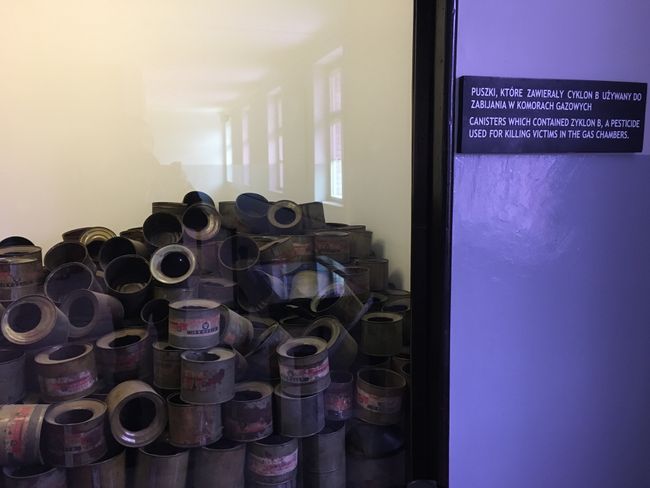
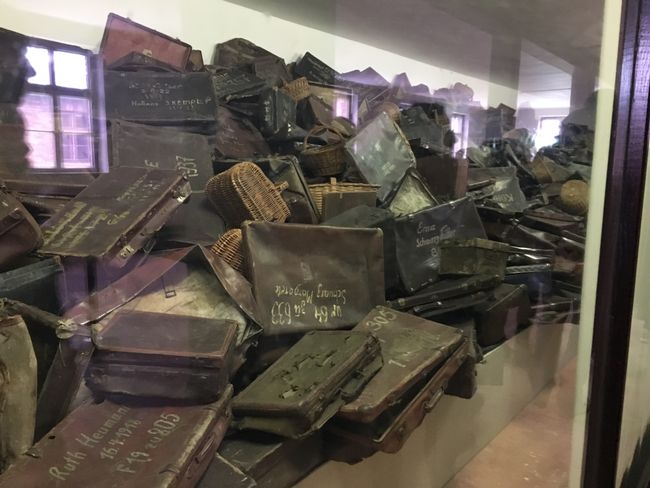
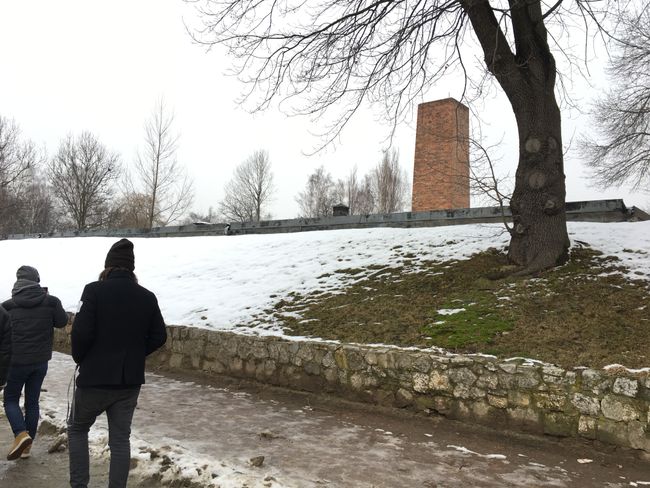
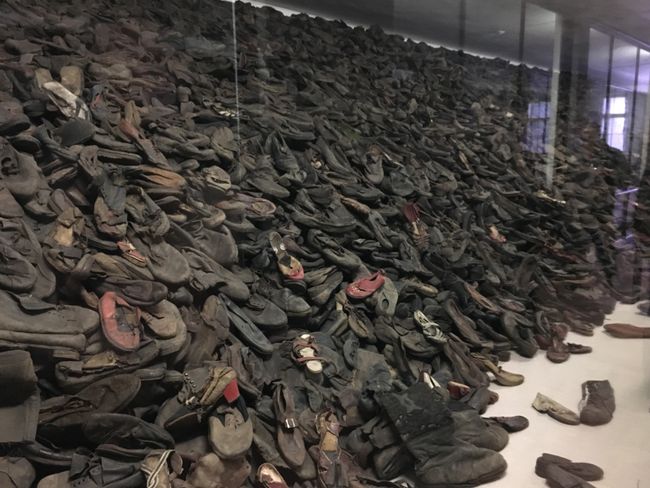
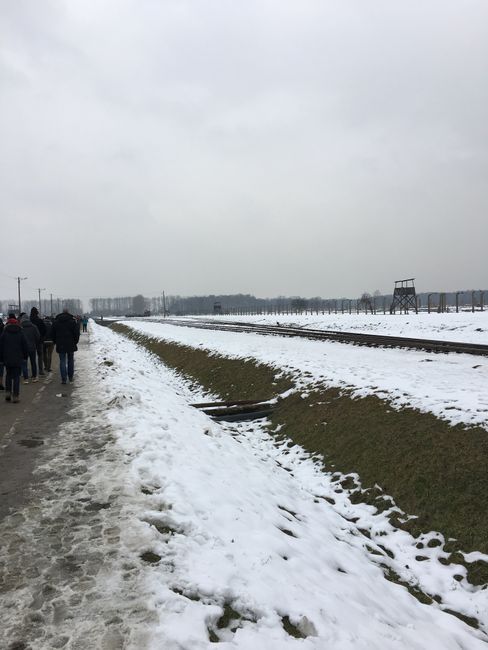
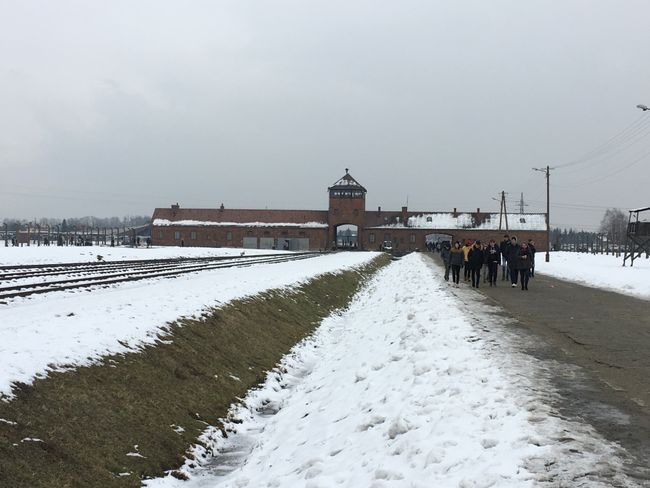
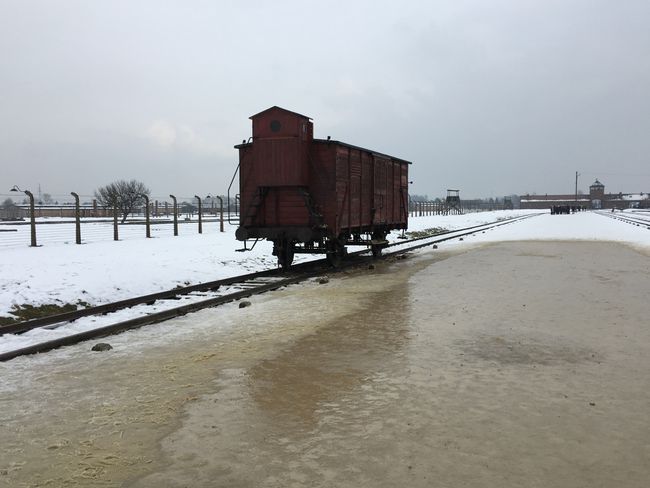
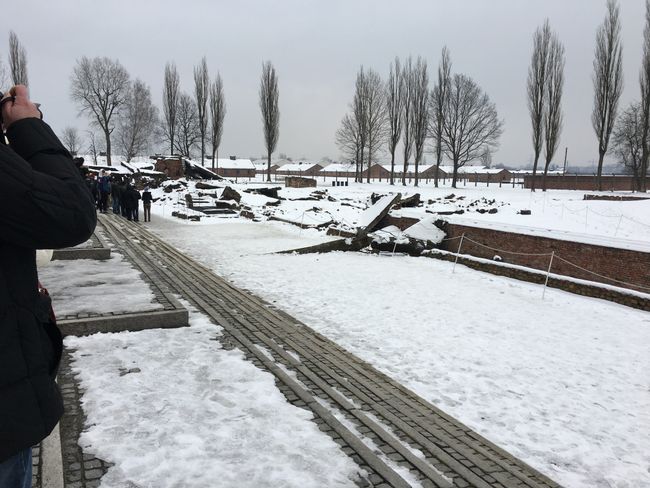
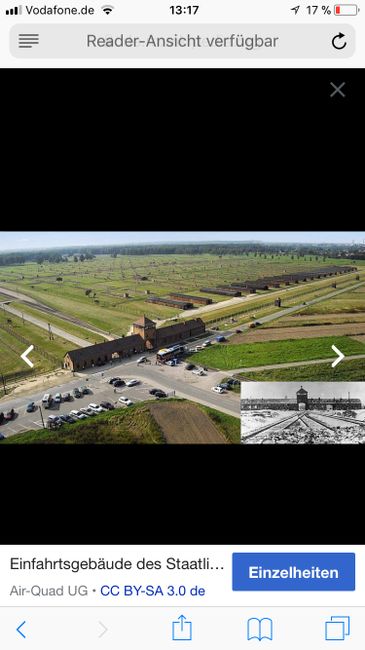
समाचारपत्रस्य सदस्यतां गृहाण
February 13, 2018
Auschwitz, 75 kilometers away from Krakow.
I don't know how to start. I wrote the articles for Warsaw and Krakow relatively easily at the airports in Budapest and Stuttgart. Auschwitz was not so easy for me. Especially because it was an extremely tough day.
It started relaxed at breakfast. At the train station, I asked about the bus connection. The lady at the counter answered my question about where I should get off with, 'where everyone gets off.'
Tickets with a German guide were not available online, but could be obtained on site. Without a guide, it wouldn't have made sense anyway. The tour started at 11:45 a.m. and everyone received an audio guide to listen to our translator.
It was funny how he told a few minutes at the starting point, checked the devices, and then had to exchange them with someone and me. Back with the group, he told the same words again. At least 20 sentences. Like a robot. 😄 It was like a poem where you lose the thread and need another word to continue. After that, he knew by heart all the data, quantities, and years for four hours every day, which probably explains his little lapse.
After this little chuckle, there was nothing else that could be found funny with irony or sarcasm.
First, we went through the entrance gate of Auschwitz with the famous headline 'Work Sets You Free.' The original was recently stolen, recovered, and rehung as a copy. The original part of the huge concentration camp, which consists of various parts, is Auschwitz. It was conveniently located on a railway line from Austria. This made it easier for the Nazis to deport prisoners of war and, above all, Jews. The camp was double-fenced with barbed wire and electrified. Everyone who came here was supposed to die, immediately, by gas chamber or work. When the Jews arrived, a doctor decided by pointing whether it was immediate gas or workable. Young women with children killed them so that they would be 'fit for work' and would not have to die immediately.
Our guide showed us the many stone buildings that stood side by side like barracks complexes. In them were the administration, hospitals, prisons, inmates' living quarters, and staff quarters. Divided into different buildings depending on the task.
The story was told from beginning to end. How the first Jews were gassed and buried here. Then, after two weeks, they were exhumed because there was no more room. So they were cremated and their ashes were scattered as fertilizer on the fields. An urn with this dust was exhibited in a room. There were countless rooms in which hundreds or thousands of shoes, suitcases, combs, creams, children's clothing, forks, and all the everyday things of life were displayed. And that was only a tiny part.
The first moment when I felt sick, was about to cry, and felt hatred was the room where piles of hair were behind a glass wall. Maybe a room 20 meters long and ten by ten. The hair was original, and they were the clumps of hair from 40,000 killed people. 40,000 thousand!!! In a living room-sized room. Completely still. Or Buxtehude. Dead.
There were further visits to very small individual prisons, where the inmates lost their minds, infirmaries where people were experimented on, prisoner cells, and the rooms of the Kapos.
The next moment was the gas chamber. A gas chamber consisted of the killing room and the cremation ovens right next to it. The inmates had to do the burning to spare the psyche of the military.
The Jews who came here believed that they would find a better world in Auschwitz and accordingly brought all their belongings. These were immediately taken from them upon arrival and they were led to the showers. They had to undress and shower and disinfect themselves. They went naked into the showers, 800 to 1,000 people per process. Then the door was closed. There were small holes in the ceiling above them, into which Zyklon B canisters were thrown, straight onto the heads of the people. They needed seven one-kilogram canisters for 1,000 people. Zyklon B is a pesticide that immediately causes respiratory arrest. Then the people suffocate.
It must have been cruel. It was said that they needed hammers and that people who cramped together in their desperation and struggle to death could not be separated with bare hands.
I will never forget walking through that dark chamber, remembering the gesture of the guide simulating the insertion of Zyklon B.
At the end of the first part, we also went to the gallows, where the camp commander was later hanged after the Nuremberg trials. There was much more terrible things to see, but that's beyond the scope.
After three hours in the core camp Auschwitz, we took the bus to the huge outer camp 'Auschwitz-Birkenau'.
Here, on huge areas surrounded by barbed wire, are barracks, of which only the stone chimneys are still visible, the wood burned or weathered.
Here is the entrance gate from the school history books and an original railway car. Also visible are the original gas chambers, which were blown up by the Nazis shortly before the liberation of the camp. They are still visible today. There is a memorial in various languages of the victims and, in the language of the perpetrators, German.
Our guide took us into one of the reconstructed barracks, where up to 1,000 people had to sleep in a bed in cold or extreme heat with up to 10 people. When someone died, rats gnawed at them. There were countless other horror stories that I don't want to repeat now.
The tour out here lasted another hour. It was very cold and heavily clouded. After over four hours of touring, our guide made a closing plea. He mentioned again how many millions of people died here in these killing factories, that the last surviving eyewitnesses are dying at the moment, that there were massacres in the world even after this concentration camp era, and that humanity does not learn from it, but becomes more cruel. He found it encouraging that in 2017, 3 million visitors came to Auschwitz and he hopes that everyone will come here at least once. This way, maybe the same mistakes of the past can be prevented. When he said this, the sun came out and I was about to cry for the third time and deeply moved.
समाचारपत्रस्य सदस्यतां गृहाण
उत्तरम्
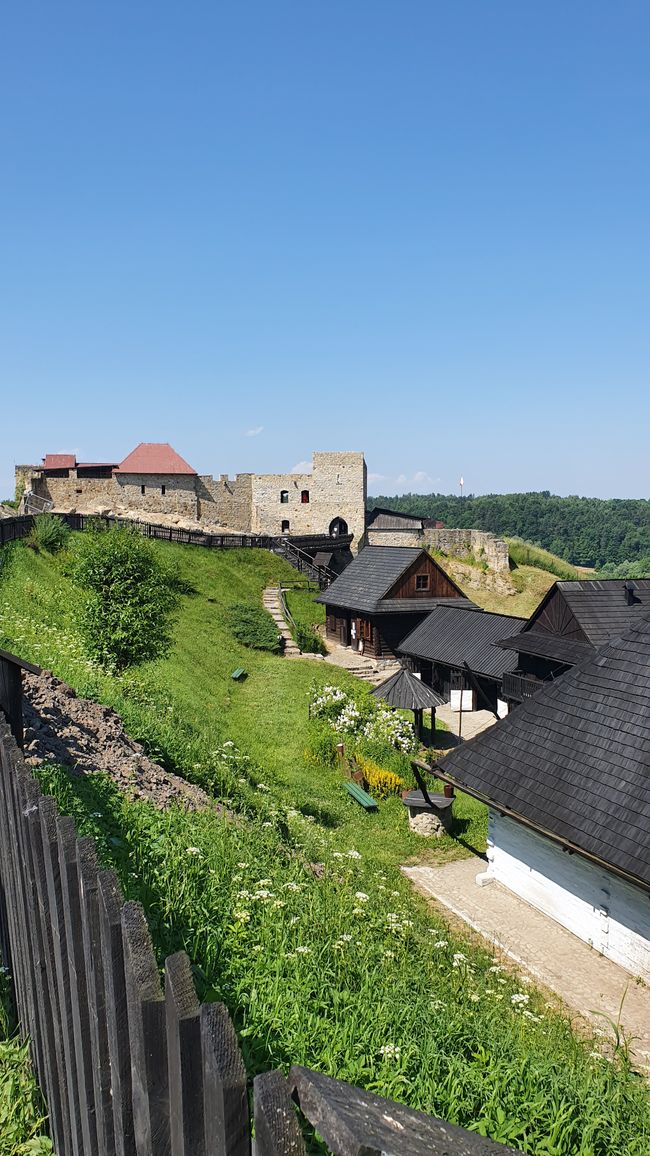
यात्राप्रतिवेदनानि पोलैण्ड्
